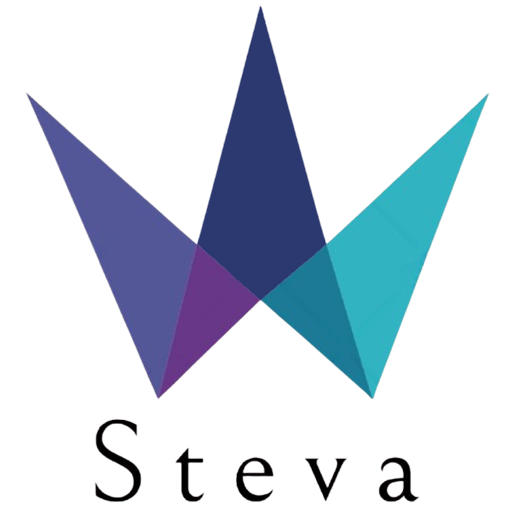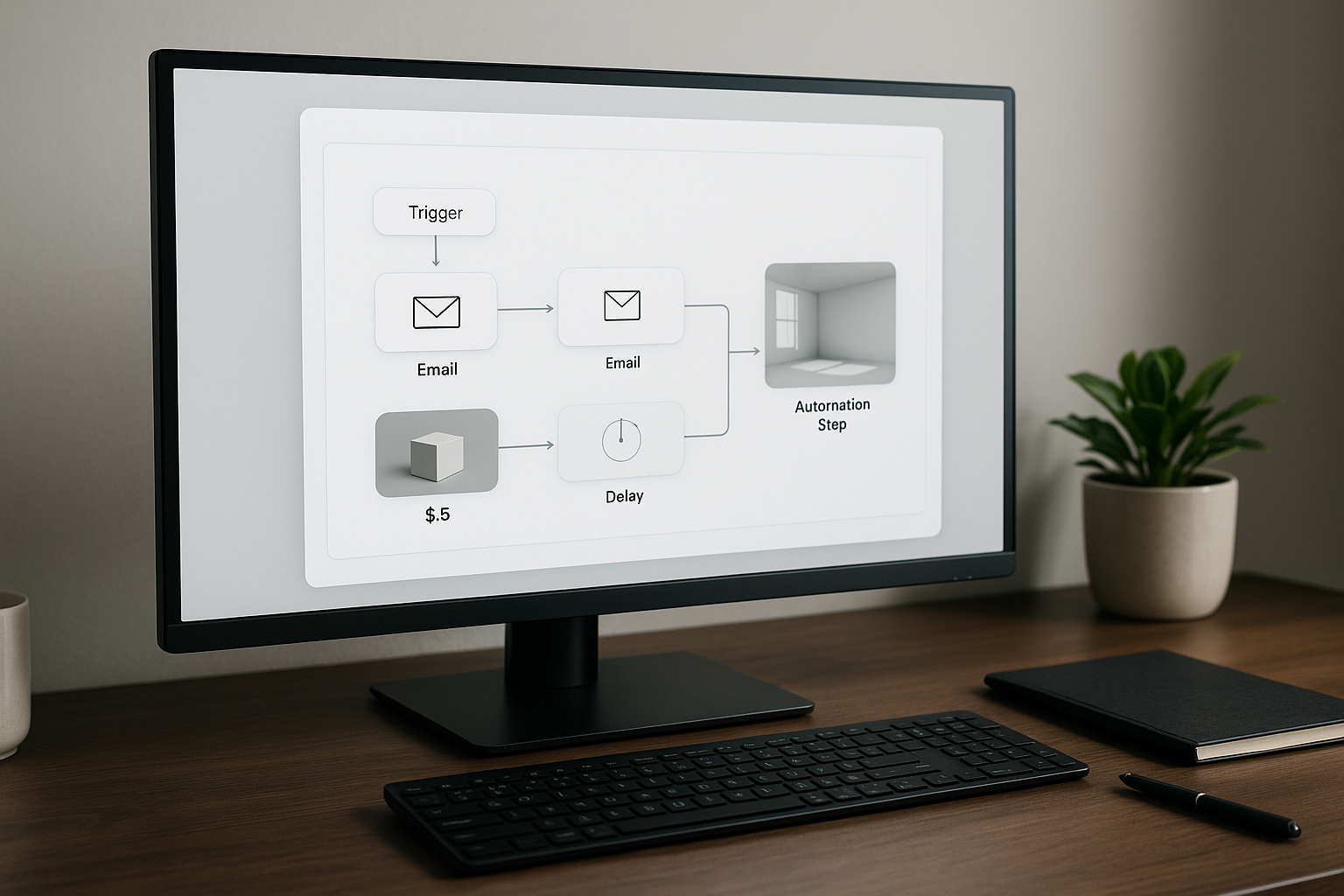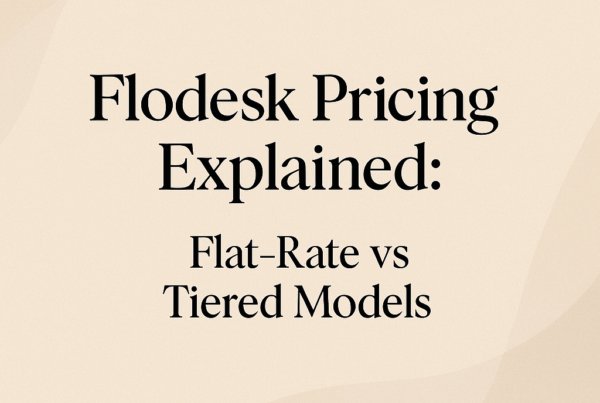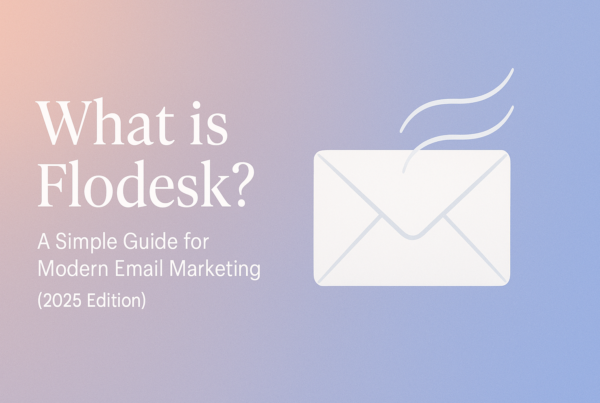Flodesk workflows save you valuable time by automating your email marketing efforts. These predetermined automated emails are triggered by specific actions or data points, allowing you to connect meaningfully with your audience without manual intervention. Flodesk workflows are available in all plans — pricing doesn’t limit automation features.
Workflows help you accomplish more and reach a wider audience while spending less time on repetitive tasks. With Flodesk automation, you can tactfully send the right emails to the right people at precisely the right moment, creating stronger connections with your subscribers. Additionally, you gain powerful control through customizable conditions that determine how subscribers progress through your sequence.
This beginner’s guide will cover everything you need to know about setting up and managing Flodesk workflows, specifically the five essential steps: Trigger, Email, Time delay, Condition, and Action. Whether you’re just learning how to use Flodesk or looking to enhance your existing knowledge, this tutorial will help you master the art of hands-free email marketing.
Understanding Flodesk Workflows
Email automation enables you to tailor personalized journeys for each subscriber by sending precisely timed messages. In essence, Flodesk workflows function as your virtual email assistant, working tirelessly behind the scenes while you focus on growing your business.
Flodesk is an intuitive email marketing tool with built-in workflow automation — this guide focuses on how to use those workflows effectively.
What is a workflow in Flodesk?
Workflow in Flodesk is a predetermined series of automated emails delivered to specific subscribers based on their actions or data. If you’re new to this platform, learning what Flodesk offers as an email marketing solution will help you understand why workflows are so powerful. Often called email sequences, email series, drip marketing, or email automation elsewhere, workflows are core building blocks that help you achieve your email marketing goals.
Each workflow contains steps that trigger events when subscribers reach specific points in their journey. Flodesk members have nurtured over 60 million subscriber relationships through these automated sequences.
How does Flodesk automation work?
Flodesk automation operates on a trigger-action principle. First, something happens (the trigger), which initiates the automation, causing a series of actions to begin. Each workflow starts with a Trigger step – when someone joins a segment or submits an opt-in form, they enter the workflow journey. From there, you can add various steps, including:
- Email step: Sends automated messages like welcome emails or freebie deliveries
- Time delay step: Creates strategic pauses between emails (minutes, hours, days)
- Condition step: Splits subscribers based on behavior (clicked links, opened emails)
- Action step: Moves subscribers between segments based on engagement
- Exit step: Determines whether subscribers complete the workflow or remain for future additions
Essentially, you’re creating a flowchart of subscriber interactions that runs automatically once published.
Why use workflows instead of manual emails?
Workflows save precious time by eliminating repetitive tasks. Once set up, your email marketing runs 24/7 without constant supervision. Furthermore, workflows create consistency in your subscriber experience. Everyone receives the same carefully crafted sequence regardless of when they join.
Importantly, workflows help you work smarter rather than harder. They maintain personalization while fostering relationships of trust and dependability with your audience.
Your subscribers receive timely, relevant content based on their actions and interests. When considering Flodesk’s pricing structure, the value becomes clear, according to Cody Hays, nurturing an audience with Flodesk Workflows led to a single email generating $61,000 in sales.
Setting up this automation might initially seem complex, but the long-term benefits far outweigh the setup time. Creating a workflow once means you can focus on other aspects of your business while your email marketing continues building relationships and generating revenue automatically.
Core Workflow Steps Explained
Every effective Flodesk workflow consists of six fundamental building blocks that work together to create your automated email sequence. Understanding each component helps you design powerful automations that engage your audience without requiring constant manual intervention.
Trigger step: starting the automation
Every workflow begins with a trigger, the event that initiates your automation. Currently, Flodesk offers two primary trigger options: when a subscriber is added to a segment or when someone submits an opt-in form.
Once published, anyone who enters your trigger segment or completes your form will automatically start receiving your workflow emails. You can add subscribers to your trigger segment through CSV uploads, manual addition, or form submissions.
Email step: sending your message
The Email step delivers your automated messages. You can duplicate an existing email from your library or create a new one for your workflow. When duplicating, Flodesk creates a clone of your original email – changes to one won’t affect the other. To save workflow emails for future use, click the heart icon to add them to your favorites.
Time delay step: spacing your emails
Time delays prevent your emails from arriving too close together. You can set delays based on:
- Specific duration (minutes, hours, days)
- Certain days of the week
- The specific time of day
- The particular date of the year
Proper time delays are crucial before condition steps to give subscribers adequate time to open and interact with your emails.
Condition step: branching based on behavior
Conditions create personalized paths through your workflow based on subscriber behavior. Flodesk offers four condition types:
- The subscriber is in segment(s)
- The subscriber opened the workflow email
- The subscriber clicked a link
- A custom field matches specific criteria
Each condition creates YES and NO branches, allowing different follow-up emails based on subscriber actions.
Action step: moving subscribers between segments
The Action step helps manage your audience by automatically:
- Adding subscribers to segment(s)
- Removing subscribers from segment(s)
- Moving subscribers between segments
This powerful segmentation tool lets you organize subscribers based on workflow engagement, enabling more targeted future communications.
Exit step: ending the workflow
The Exit step determines whether subscribers complete your workflow or remain active for future additions. When subscribers reach an Exit step, they’re marked as “completed” and can re-enter the workflow if you’ve enabled the “Allow repeat subscribers” setting. Without an Exit step, subscribers remain in an “active” state at the workflow’s end and cannot re-enter until manually removed. When you’re done learning the basics of workflow setup, understanding Flodesk’s pricing will help you plan automation costs effectively.
Check the full Flodesk pricing plans to see how flat-rate pricing impacts workflow scalability and long-term value.
Popular Workflow Examples for Beginners
Now that you understand the structure of Flodesk workflows, let’s explore four practical examples to kickstart your automation journey. These proven templates will help you connect with subscribers at various stages of their customer journey.
Welcome sequence for new subscribers
An effective welcome sequence creates a strong first impression with new subscribers. Research shows that 74% of people expect a welcome email after subscribing, and those who receive one demonstrate 33% more engagement with your brand over time. While Flodesk alternatives exist in the market, Flodesk’s workflow capabilities make it particularly effective for this type of automation. A basic welcome sequence typically includes 3-4 emails spaced one day apart that:
- Introduce your brand and value.s
- Share valuable resources and content
- Explain your offerings or services
- Set expectations for future communications
This workflow helps eliminate early unsubscribes while nurturing long-term relationships with your audience.
Freebie delivery automation
Freebie delivery workflows automatically send downloadable content when someone opts into your list. Beyond delivering the promised resource, these workflows foster ongoing engagement by offering related content.
Your freebie, whether an ebook, checklist, guide, or template, provides a compelling reason for visitors to share their email addresses. Consider adding an action step at the end that moves subscribers into your welcome sequence segment for maximum effectiveness.
Nurture sequence to build trust
Nurture sequences strategically build the “like, know, and trust” factors with new subscribers. You establish yourself as an authority through thoughtfully spaced emails while providing genuine value.
Focus on addressing pain points, sharing personal stories, and highlighting testimonials. Almost half of your leads won’t be ready to purchase immediately, making nurture sequences crucial for priming subscribers for future offers.
Email course for education or onboarding
Email courses deliver educational content or onboarding instructions through a predetermined sequence. Each email builds upon previous lessons, guiding subscribers through a learning journey. Onboarding sequences are valuable for introducing new subscribers to your products or services. For optimal engagement, space your emails appropriately, sending the second email on day three and the third on day seven.
Tips for Building and Managing Workflows
Creating effective Flodesk workflows involves more than just connecting steps. Understanding what Flodesk provides in terms of automation capabilities helps you make the most of these features. Consider these practical strategies to optimize your email automation for maximum impact, especially when comparing pricing options that support your workflow needs.
Flodesk Pricing Explained: Flat-Rate vs. Tiered Models in 2025: Ready to start your automation journey? Understanding Flodesk’s pricing structure helps you budget effectively for your email marketing goals. Compare flat-rate benefits against traditional tiered models and discover which plan fits your subscriber growth strategy perfectly.
Plan your workflow with a flowchart.
Mapping your workflow before building it in Flodesk helps prevent confusion and ensures a logical subscriber journey. Many successful Flodesk users recommend sketching a flowchart or diagram to visualize the entire process. This planning stage clarifies what actions should happen to make the implementation smoother.
Use time delays wisely.
Time delays serve as the backbone of well-paced email sequences. For optimal engagement, space emails at least one day apart but no longer than three days. Consider these strategic applications:
- Add a specific time-of-day delay after a 24-hour wait to ensure emails arrive during business hours.
- Turn on “Apply to any year” for date-specific delays that should repeat annually.
- Use a long delay (like 1000 days) at the workflow’s end as a placeholder for future content.
Test your workflow before publishing.
Before launching, thoroughly test each step of your workflow. Send test emails to yourself to check for typos, broken links, and proper formatting. Pay special attention to condition steps, and always include at least a 24-hour delay before any condition that checks email opens.
How to edit a live workflow safely
When modifying an active workflow, hover over its card and click Edit. The system will ask if you want to pause the workflow; always choose “Yes.” After making changes, remember to republish the workflow, or your subscribers will remain paused mid-sequence. This temporary pause prevents subscribers from receiving partially edited content.
Can subscribers repeat a workflow?
Absolutely! Enable the “Allow repeat subscribers” setting in your workflow settings to permit completed subscribers to re-enter. For this to work effectively:
- Include an Exit step so subscribers reach “completed” status.
- Remove subscribers from trigger segments after completion if you want segment-based reentry.
- Understand that active subscribers (still in the workflow) cannot re-enter until removed.
Conclusion
Flodesk workflows are potent tools for automating email marketing. They function like virtual assistants to handle repetitive tasks. Delivering personalized messages at just the right moment lets you focus on growth while maintaining strong subscriber engagement through smart, consistent communication.
Mastering the five essential steps: Trigger, Email, Time Delay, Condition, and Action, puts you in complete control of your subscriber journey. Instead of manually sending every message, you can design automated paths responding to specific user actions, from welcome sequences and freebies to completing email courses and nurturing campaigns.
With planning tips, examples, and testing strategies, you’re fully equipped to start building automation from day one. These workflows don’t replace the personal touch; they scale it. Start with a simple welcome series and expand gradually. Flodesk users worldwide have grown revenue and relationships by using automation. Now it’s your turn. If you’re exploring other options, our Flodesk alternatives guide compares similar platforms with stronger automation and scalability for growing businesses.
